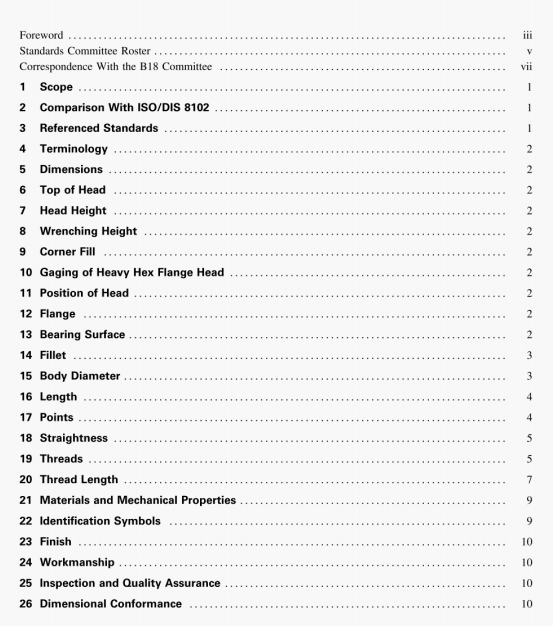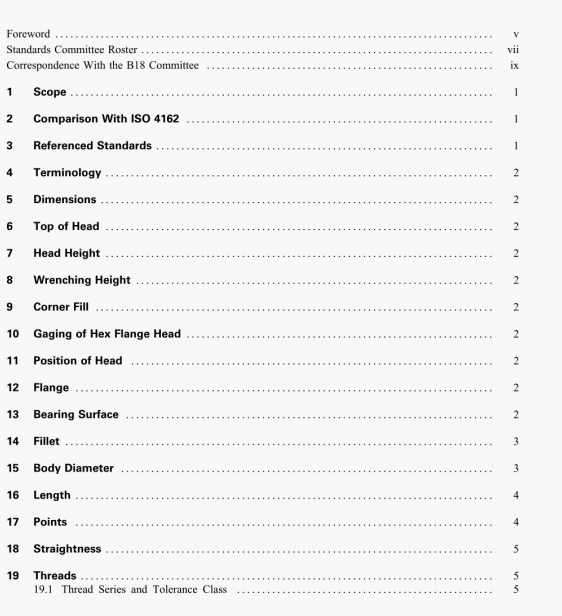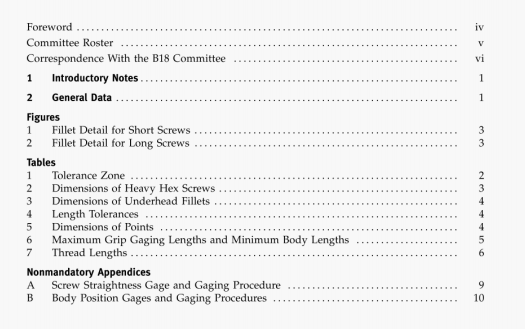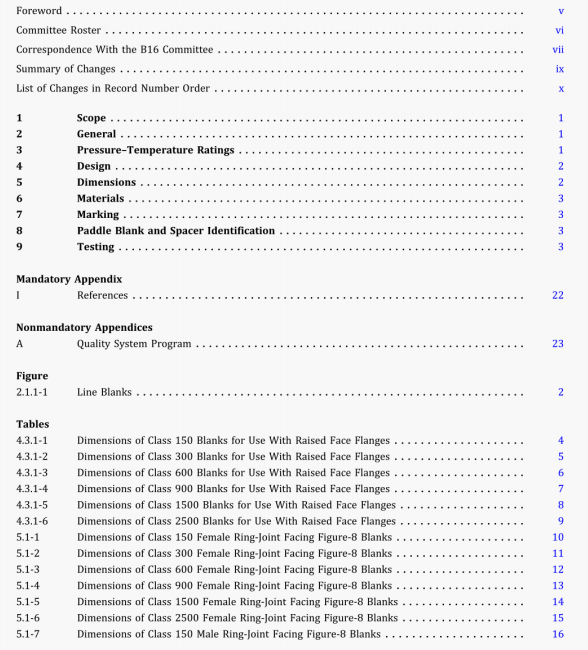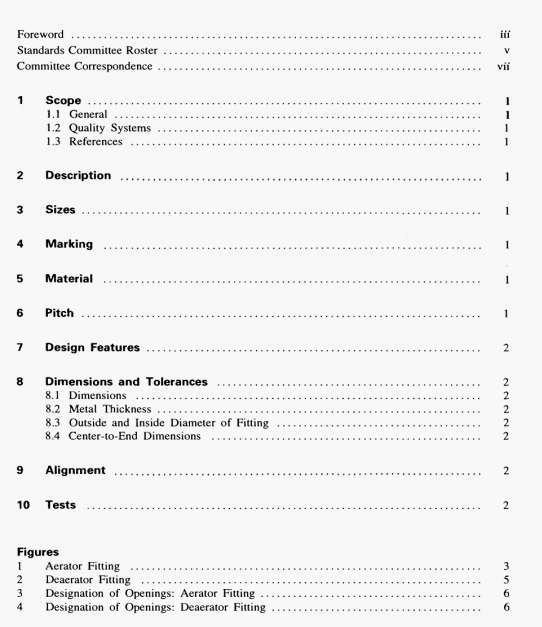Abstract: ASME PTC 36:2018 pdf download.Measurement of Industrial Noise. 3-1 CHOICE OF METHODS Procodures dcscnbed in ANSI/ASA S1.13 and ANSI/ASA S12.18 shall be used to measure airborne sound pressure levels in a near field or far field under any co...
ASME PTC 36:2018 pdf download.Measurement of Industrial Noise.
3-1 CHOICE OF METHODS
Procodures dcscnbed in ANSI/ASA S1.13 and ANSI/ASA S12.18 shall be used to measure airborne sound pressure levels in a near field
or far field under any conditions, ANSI/ASA S1.13 Is primarily for Indoor sound measurements, although it can be used outdoors, and ANSI/ASA S12.1H applies only to outdoorenvironments. lithe soond-power level of outdoor sources must be characterized, the methods of other recognized standards may be used.
3-2 CONFIGURATIONS
(a) Components to Be Tested. Equipment being tested consist ofa single component oran entire set olcomponents that indude all or
part of an industrial facility. The equipment may be located indoors or outdoors and may include the enclosure building(s) as a
source of noise. This Code utilizes, by reference, existing standards and provides additional informational guidance in the
application of those methodologies (see Nonmandatory Appendix B).
(b) Equipment Configuration. A wide range of potential equipment configurations are allowed for indoor and outdoor noise sources.
For those situations In which the receiver sound leveLs of indoor equipment is the objective, corrections shall be made for the
reverberation effects of building surfaces (wall, floor, or ceiling).
3-3 TEST UNCERTAINTY
Tables 3-3-1 and 3-3-2 provide approximate limits for test data correction and the estimated amount of corresponding uncertainty
forvarious grades olmeasurement accuracy. Table 3-3-1 definesthe grade ofaccuracyavailable to the userof ASME PTC 36 based on the
magnitude of the corrections. For example, a test for which the background noise correction exceeds 1.3 dli or the environmental
correction exceeds 2dB cannot be considered an engineering grade test. Therefore, the uncertainty of the test data degrades to
survey grade (orspecial case), which results in a greaterdegree of uncertainty. Table 3•3•2 shows the estimated uncertainty
associated with engineering grade and survey grade test results, expressed as the 95% confidence interval or 2 tImes the standard
deviation. Both tables come from ISO 10494. Table 3•3•2 Is slightly modified. If test result corrections exceed the allowable range for engineering grade or survey grade accuracy, the uncertainty wdl be greater than that shown in Table 33-2 and will require
evaluation un a case’by’case basis.
Recommended:
ASME A112.1.2:2012 pdf download ASME 14414:2015 pdf download ASME 30.9:2021 pdf download ASME Y14.1-2020 pdf download